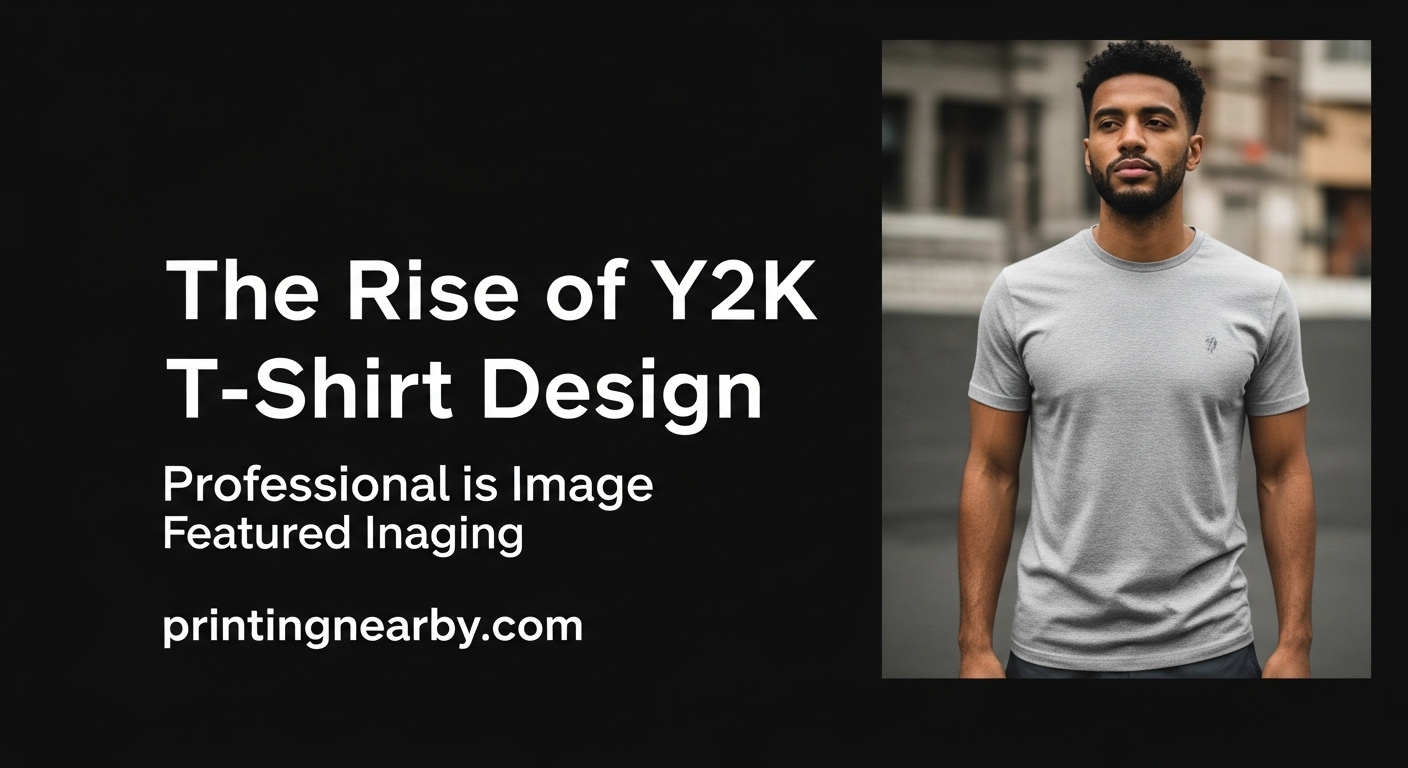
T-shirt printing is no longer just about putting ink on fabric—it’s about bringing ideas to life, building brands, and creating customized experiences for customers. Whether you’re launching a clothing line, expanding your print shop, or diving into DIY projects at home, understanding the best t-shirt printing techniques is essential for success in 2025.
This guide breaks down the most popular, proven, and profitable methods of t-shirt printing—so you can choose the right technique for your goals, budget, and creative vision.
1.Best T-Shirt Printing Technique

2. Screen Printing: The Classic Workhorse
Screen printing, also known as silkscreen printing, is a time-tested method that uses stencils (screens) and thick inks to produce bold, vibrant designs.
- Best for: Bulk orders and simple designs with few colors
- Ideal materials: Cotton and cotton blends
- Cost-effectiveness: Increases with higher quantity
Real-world example: A local apparel brand printing 500 t-shirts for a music festival would save money using screen printing.
3. Direct-to-Garment (DTG): Perfect for Full-Colour Designs
DTG uses inkjet technology to print directly onto the fabric. It allows high-resolution, photo-quality prints with unlimited colors.
- Best for: Small runs, complex designs, or full-color artwork
- Ideal materials: 100% cotton
- Minimal setup, but slower print speed than screen printing
4. Heat Transfer Printing: Quick and Versatile
Heat transfer printing involves printing a design onto special paper, then transferring it to fabric using heat and pressure.
- Best for: Custom one-offs, short runs, and personalization
- Types: Inkjet, laser, and vinyl transfers
- Works well on: Cotton, polyester, and blends
5. Sublimation Printing: Best for Polyester Apparel
Sublimation printing uses heat to turn dye into gas, which then bonds with polyester fibers. The result? A vibrant, permanent print that won’t fade, crack, or peel.
- Best for: Light-colored polyester fabrics
- Not compatible with: Cotton
- Produces all-over prints and seamless designs
Example: Ideal for athletic wear brands needing breathable, durable prints on performance fabric.
6. Vinyl Cutting: Bold and Durable Prints
Vinyl cutting involves using a machine to cut designs from colored vinyl sheets, which are then heat-pressed onto t-shirts.
- Best for: Text-based designs, slogans, and numbers
- Works well on: Cotton, polyester, and blends
- Long-lasting and machine washable
7. Plastisol Transfers: Screen Print Quality with Heat Press Convenience
Plastisol transfers are screen-printed designs transferred to garments using a heat press. They combine the quality of screen printing with the flexibility of on-demand printing.
- Best for: Low-to-mid-volume printing with pro-level quality
- Ideal for: Cotton, polyester, and blends
- Requires a heat press
Use case: Small brands outsourcing prints can order plastisol transfers in bulk and apply them as needed.
7. DTF (Direct-to-Film) Printing: Rising Star in the Industry
DTF is gaining momentum as a flexible and affordable alternative to DTG. It involves printing a design onto a film, applying adhesive powder, and heat-pressing it onto the shirt.
- Works on: Cotton, polyester, blends, and even dark fabrics
- Better stretch and washability than standard heat transfers
- Low setup costs
Example: Home-based businesses use DTF to produce vibrant prints on various fabrics without needing pre treatment.
8. Discharge Printing: Soft Feel with Vintage Look
Discharge printing uses water-based inks that remove the shirt’s original dye and replace it with another colour, resulting in a soft, breathable print.
- Best for: 100% cotton, dark shirts
- Produces vintage-style or faded looks
- Not suitable for all dyes or fabric blends
9. Water-Based Ink Printing: Eco-Friendly and Soft Touch
Water-based inks soak into the fabric instead of sitting on top, offering a soft hand feel and a more environmentally friendly solution.
- Best for: Light-colored shirts and soft-touch prints
- Works best on: Cotton and blends
- Requires precise printing conditions
Use case: Eco-conscious brands promoting sustainable fashion prefer water-based inks.
10. Choosing the Right Printing Method for Your Needs
Each technique has its strengths depending on your goals:
| Goal | Recommended Technique |
|---|---|
| Bulk orders, bold designs | Screen Printing |
| One-offs, full-color art | DTG or DTF |
| Polyester performance wear | Sublimation |
| Personalized text or logos | Heat Transfer / Vinyl |
| Soft-touch, eco-friendly | Water-Based or Discharge |
Final Thoughts: Future Trends & Tools to Watch in 2025
T-shirt printing is no longer limited to just ink and fabric—it’s a creative and business-driven process that can define your brand’s success. Whether you’re printing for profit or passion, the key is choosing the right technique that fits your fabric, design complexity, order size, and budget. From classic screen printing to innovative DTF and eco-friendly water-based options, 2025 offers more tools and techniques than ever before.
Frequently Asked Questions (FAQs)
1. What’s the best printing method for beginners?
DTF and heat transfer vinyl (HTV) are beginner-friendly due to low startup costs and ease of use.
2. Is DTG better than screen printing?
DTG is great for full-color, small-batch prints, while screen printing is better for bulk jobs with simple designs.
3. Can I use sublimation on cotton?
No, sublimation only works on polyester or polyester-coated fabrics.
4. Which printing technique is most eco-friendly?
Water-based inks and sustainable blanks offer the most eco-conscious solution.
5. What’s the difference between DTF and DTG?
DTG prints directly on fabric (best for cotton), while DTF uses transfer film (works on many fabrics).
6. Can I start a t-shirt printing business from home?
Yes! Many techniques like DTF, HTV, and DTG are home-friendly with compact equipment.
7. Do I need different printers for different fabrics?
Not always—hybrid machines or DTF printers work across cotton, polyester, and blends.



